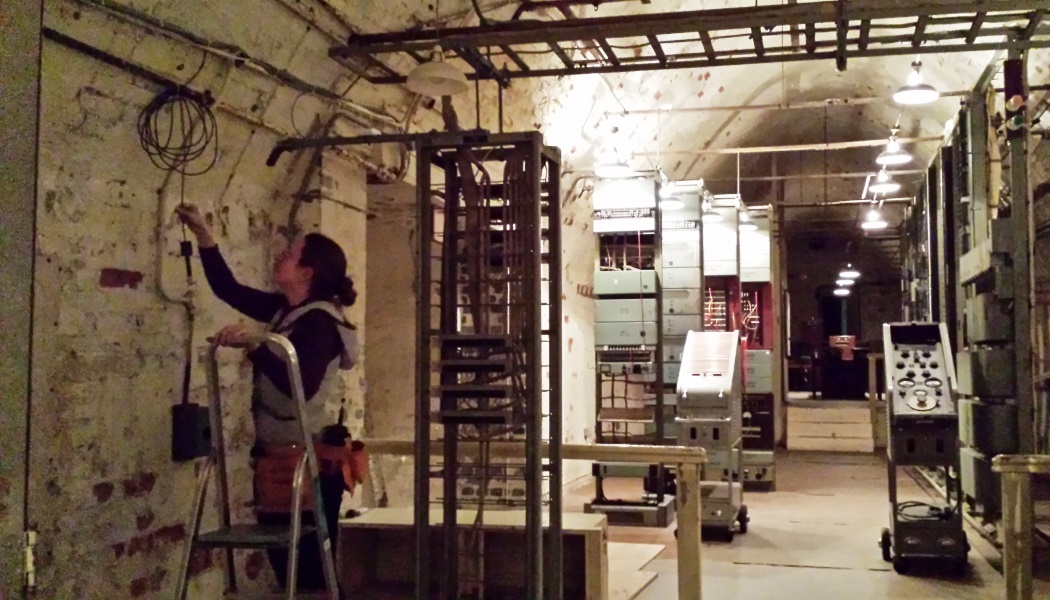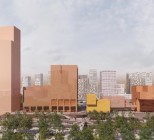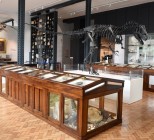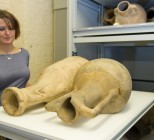The Meaco system has the advantage of being able to see both live readings and historic data, enabling rapid assessment of any queries from site staff. Some of English Heritage’s sites have very high relative humidity (RH) values, which tend to rapidly cause probes to go out of calibration and eventually beyond adjustment. Using higher quality probes ensures that the measured data is correct thus increasing confidence. An annual on-site calibration service means that this accuracy can be assured for many years.
“We use environmental monitoring to provide continuous monitoring of environmental conditions in historic houses, museum exhibitions and a range of collections stores and to provide background data on historic properties environments where new exhibitions are proposed,” says Dr Naomi Luxford, Conservation Scientist and Collections Conservation at English Heritage. “This allows us to check the performance of environmental control systems (such as humidifiers, dehumidifiers or heating systems) and ensure conditions are appropriate for the objects. Or identify where there are problems and be able to highlight risks and act quickly to prevent damage to collections. The high accuracy HygroClip probes used are important to our research in preventive conservation.”
English Heritage has used Meaco environmental monitoring systems for more than 15 years and currently has Meaco systems in place at 25 sites, with two more to be installed shortly. These are spread from Chesters Roman Fort and Corbridge Roman Town on Hadrian’s Wall to Dover Castle, Osborne House (Isle of Wight) and the museum at Stonehenge.
Many of the sites are large buildings, with thick walls, or formed of a number of buildings across a park or garden, typical conditions in which radio telemetric systems can struggle to send data. However, the Meaco systems successfully send and receive data over a wide range, reducing the risk of losing information. “The company have also been supportive in finding solutions specific to our sites, for example at Portchester Castle the data is sent (via an additional repeater) across the water to Fort Brockhurst in Gosport (3.5 miles as the crow flies),” says Dr Luxford. “The Secret Wartime Tunnels under Dover castle are a very difficult environment for radio transmission, the system developed by Meaco uses the existing leaky feeder to transmit signals without numerous repeaters. We have also connected the Meaco monitoring into several BMS systems to control environments, which has several benefits over traditional BMS control sensors.”
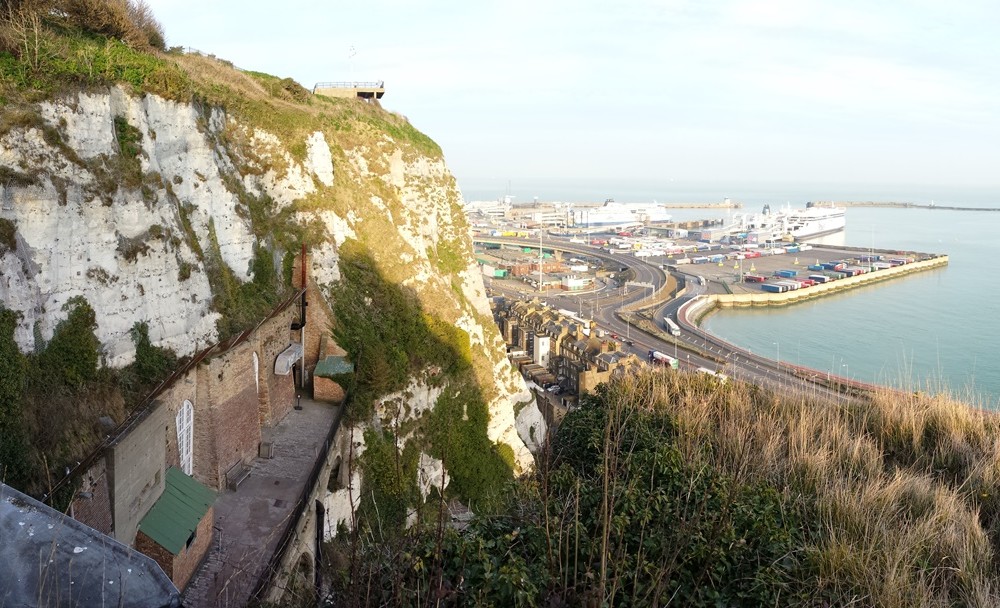
“For vulnerable collections, such as archaeological metals or enamels, environmental control can be critical to the preservation of the collections. Environmental monitoring allows conservators to reduce the risk to collections by highlighting when silica gel needs to be changed or ensuring that active control systems are performing”
“Equally the monitoring data allows us to assess the performance of buildings in providing suitable environments for historic collections and recommend where improvements are required,” she says. “The key benefits for English Heritage are the remote access to live and historic environmental data, for a wide range of staff, who are based at numerous locations across the country.
“The software allows staff to easily graph and report environmental conditions with the click of a button, instead of lots of time data processing in Excel. Personally I’ve improved my IT skills, including a greater understanding of programming and networking.”
Dr Luxford says the benefits go far beyond just controlling the environment as the system has challenged many preconceptions of what room conditions actually are. “The monitoring allows proportional preventive conservation planning for projects moving new collections into spaces. Additionally sending data from many locations (currently over 700 sensors at 25 sites), which would normally be considered difficult for radio telemetric systems, enables the team to carry out our work effectively and without constantly travelling to download data.”
“What we have done is provided a monitoring system that will allow the EH conservation team to keep an eye on environmental conditions at a variety of properties all over the UK from their main base in London,” Michael Hall director at Meaco. “Naomi is able to view the data securely within the EH network from her laptop/PC whenever she has access to the EH network. The system also allows staff who are on-site to also monitor the environmental conditions.”
Hall says that half of the battle is the physical hardware and making sure the radio telemetry can cover all the areas that require monitoring, and the other half is working within the requirements and restrictions as set down by the IT department.
“So while trying to keep the IT department happy and the conservation team happy, Naomi can view real time and historical data from a Palmerston Fort in Gosport, to a Roman Fort in Corbridge, Northumbria, from the comfort of her desk in London.”
The data from the remote sites is also centralised to a single location, so in the event of a network failure to a remote site information can still be viewed via the central database.
The software can also be set up to send email alerts in the event of undesired temperature and/or humidity levels. The data itself can be viewed as live readings or graphs and that information can saved as an image or a spreadsheet. “This gives the user flexibility in how they want to interpret and share the data,” says Hall.
There is a report function that will give indications as to how well, or not, the environmental conditions are performing with statistics covering minimum, maximum and average readings, cumulative lux and percentage of time within or out of specific target bands.
“As we specialise in the heritage sector, and have done for almost 25 years, the system has been designed specifically with the conservator, collections manager or archivist in mind. With user friendly software, reports designed to meet the users’ needs and hardware that blends into the background we are proud to be part of the museum community”

